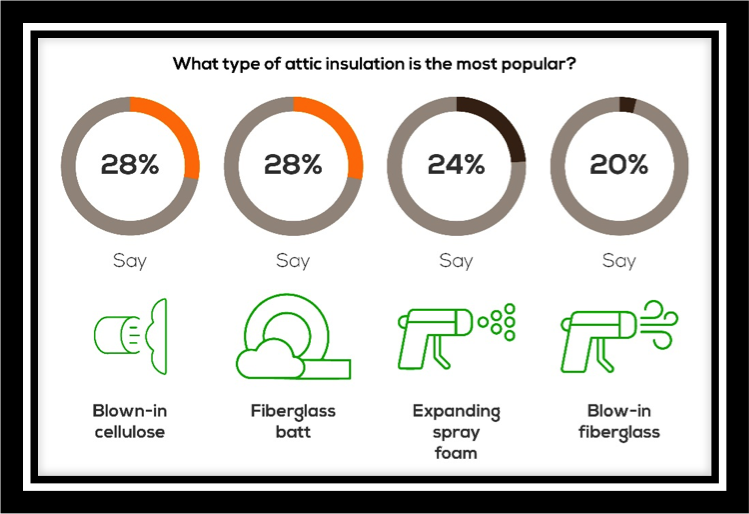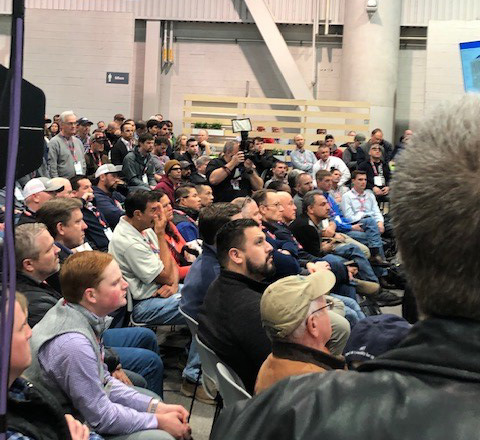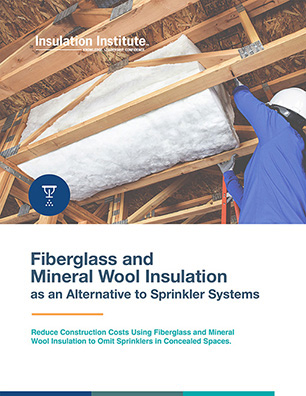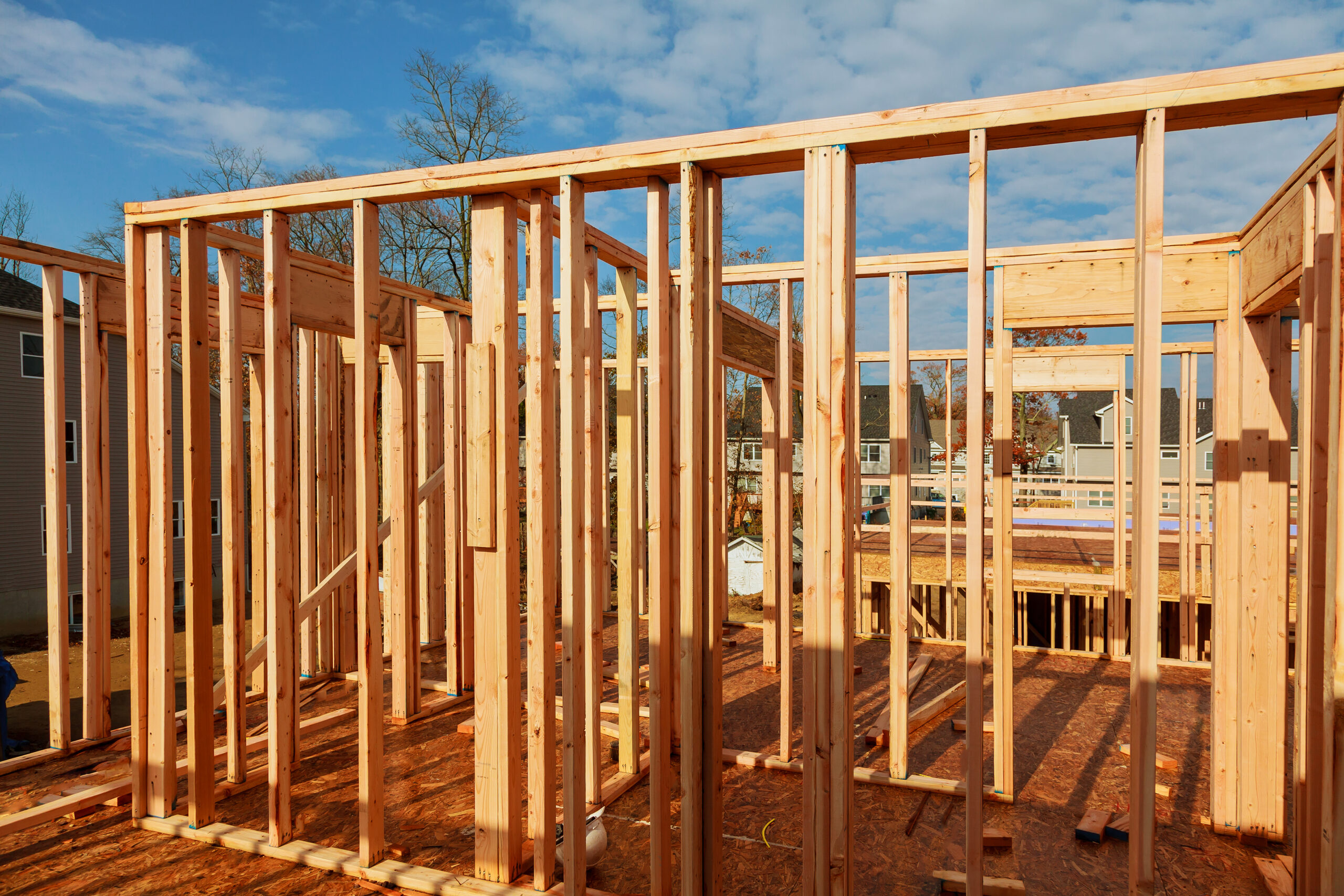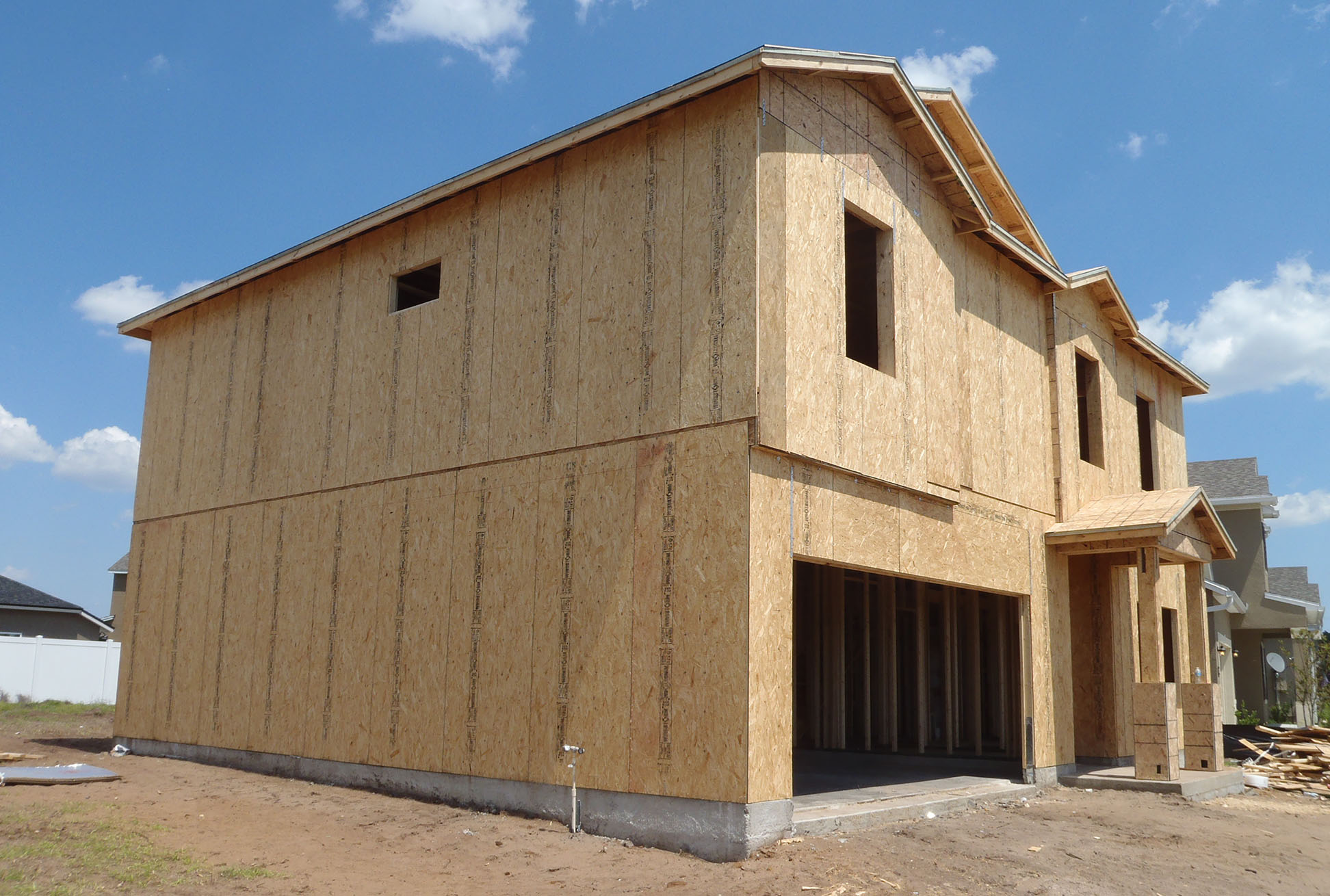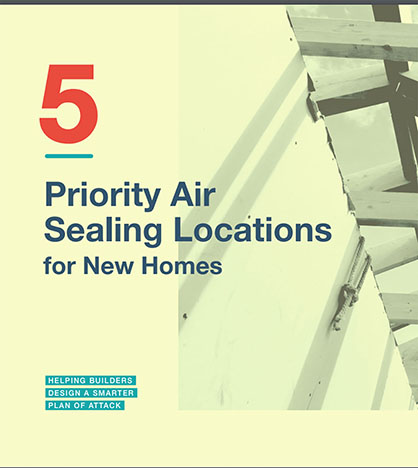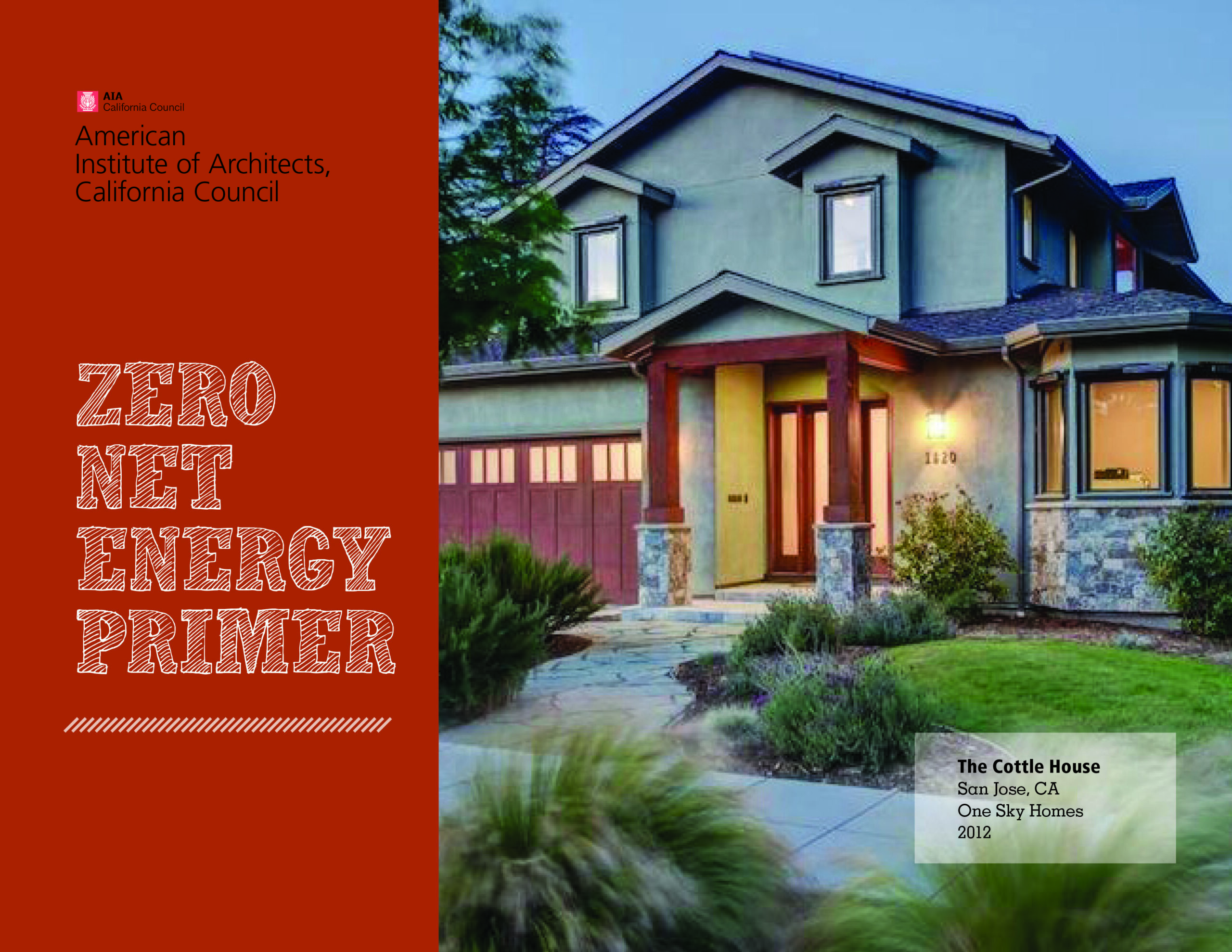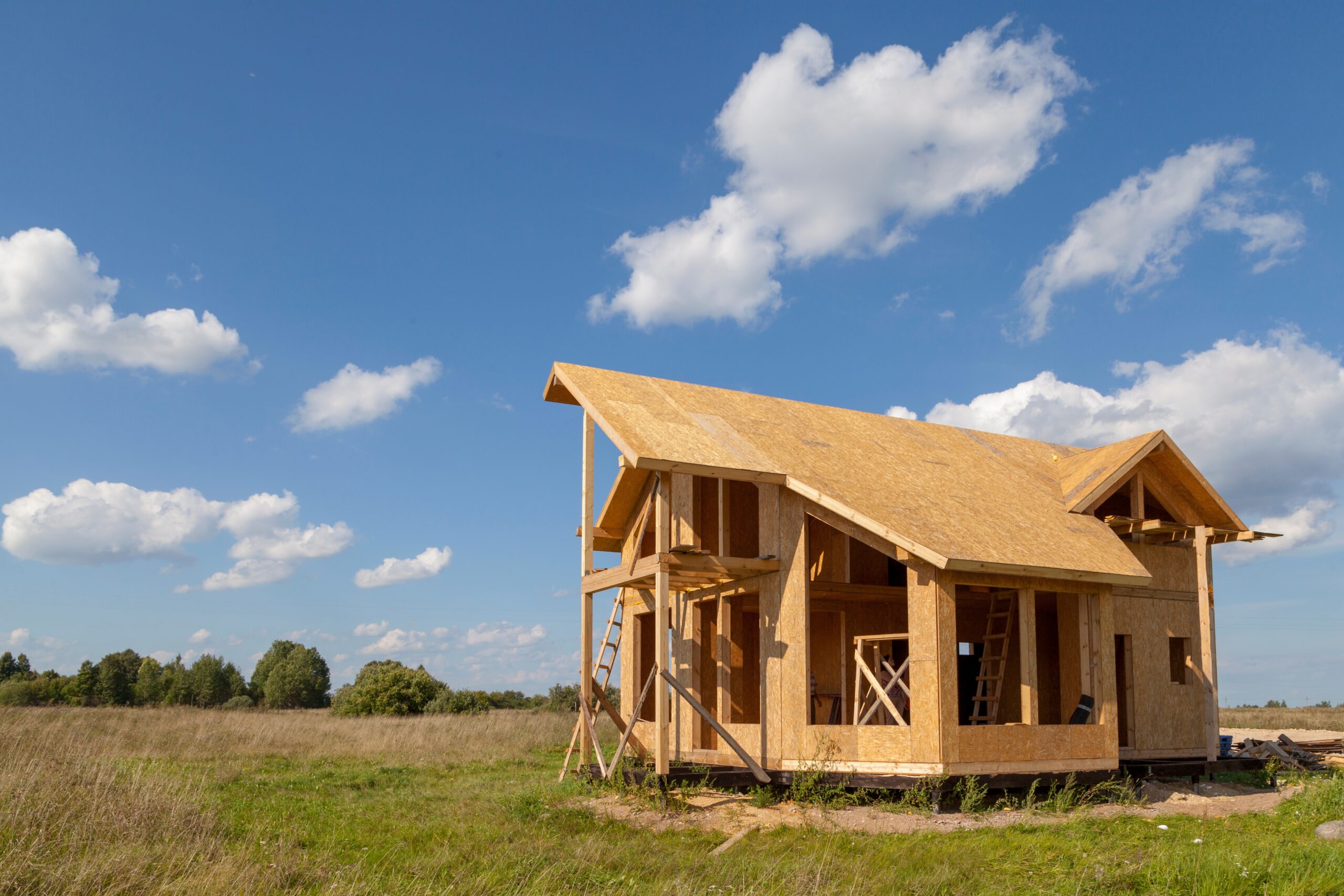Fixr.com recently published its 2019 Energy-Efficient Home Design Trends Report. The study’s authors interviewed 25 experts in the home design industry to peg upcoming trends in energy-efficient home features, design, and building trends. These experts have a pulse on what consumers want in design but are also savvy about energy efficiency and its importance to home buyers.
Details »Insulation Institute Blog
Posts Categorized: Building Performance
Matt Whitbeck’s Three Tips for Framers
Matt Whitbeck, Co-Owner and President of Whitbeck Construction, LLC specializes in custom framing, exterior sustainability, and residential remodeling. He’s serious about quality craftsmanship and energy efficiency. So much so that he is a popular speaker at building industry conferences on those topics. Whitbeck and Kevin Ireton spoke to a standing room only crowd in the High-Performance Building Zone at NAHB’ International Builders Show (IBS). Whitbeck also took time following IBS to speak with Insulation Institute on three tips for framing carpenters as they work to help builders achieve more energy-efficient homes.
Details »Reduce Costs with This Sprinklers Alternative
According to the Fire Protection Research Foundation, the median cost of a residential sprinkler system is $5,000, but the maximum cost of a system averages $21,000. Those are huge numbers that contribute to the builder’s total cost of construction. Builders may be able to cut their overall costs for sprinklers by using fiberglass and mineral wool insulation as an effective, affordable passive fire protection solution in concealed spaces and ceiling cavities in low-rise buildings and one and two-family dwellings. NAIMA has released a new publication detailing the new provisions of the 2019 National Fire Protection Association (NFPA) Standard 13 on when sprinklers may be omitted.
Details »The Best Time to Air Seal
According to Home Innovation Research Labs’ recent Builder Omnibus Survey, air sealing ranks number four among a list of 18 top challenges for builders in meeting current energy efficiency requirements for new homes. Roughly 10 percent of builders reported difficulties meeting new airtightness levels. With contractors playing a significant role in helping builders reach these targets, is it time for home builders to reconsider the best time to air seal a new home? Michael Schettine of Accuframe believes builders must re-think their approach to air sealing to ensure success.
Details »Our Top Five Blog Posts of 2018
With 2018 coming to a close, we reviewed the most read blog posts of the year. Air sealing was our most popular topic. With more states adopting stronger energy codes, readers were very interested in how to use high-performance building practices and proper air sealing to achieve new air tightness targets.
Details »New Video Covers 5 Top Air Sealing Areas in New Homes
Many builders challenged with meeting new, more stringent residential building energy code requirements like the 2012 or 2015 IECC have been having a tough go of it. One HERS rater reported earlier this year that roughly 50 percent of builders in his region of Texas would fail an initial blower door test under the 2012 IECC, which requires a 3ACH50 air change rate.
Details »5 Traits Great Project Managers
Deadlines, details, and demands are part and parcel of any construction project, whether residential or commercial. Project managers are largely responsible for overseeing all the aspects of a construction job and a well-trained, experienced, and attentive superintendent or project manager can be the difference between having a flawlessly executed build or major, expensive headaches during construction. Identifying the traits that make for a great project manager is a must for builders that want to maximize productivity and keep costs in line.
Details »Prepping for the Zero Energy Home Future
While only two U.S. states currently have a mandated goal of zero net energy (ZNE) home construction after 2020, Oregon and California, it’s becoming increasingly clear that ZNE homes will be much more prevalent in the not-too-distant future as states and municipalities look for ways to reduce carbon emissions and ultimately mitigate the impact of climate change. In fact, 280 U.S. cities and counties, 10 states and 2,717 signatories have committed to support climate action with the We are Still In agreement, which aims to reduce climate impact by among other things, lowering greenhouse gas emissions.
Details »Lessons From Brad Pitt’s Effort to Make It Right
What was a lofty philanthropic effort by actor Brad Pitt has morphed into a disastrous example of how poor construction of affordable, energy-efficient housing can negatively impact homeowners and put the builder and building designer in a precarious position.
NOLA.COM reported this week that in 2007, two years after Hurricane Katrina, Make it Right Foundation, organized by Pitt, set a goal of constructing 150 energy efficient, sustainable and affordable homes for residents of Louisiana’s devastated Lower Ninth Ward. The foundation constructed 109 homes, but just 11 years after the start of construction, reports say that some homes have issues including rotting wood, mold growth, dangerous air quality, and rusty sockets. The majority of the homes are currently unoccupied and some have been demolished.
Details »2009 Called. It Wants Its Energy Code Back
As advocates for building energy efficiency, Insulation Institute and many other organizations support the development and adoption of model residential building energy codes like the 2015 International Energy Conservation Code (IECC). Unfortunately, code adoption is literally “all over the map,” in the United States. Twenty-two states have a version of the energy efficiency code that meets or exceeds the 2009 IECC. Ten states meet or exceed the 2015 code, and 12 states have no statewide code at all, according to the Building Code Assistance Project. For those who support energy code adoption, it can seem like an uphill battle to advocate for newer energy codes, particularly when there are lots of misconceptions about the purpose behind the codes.
Details »
